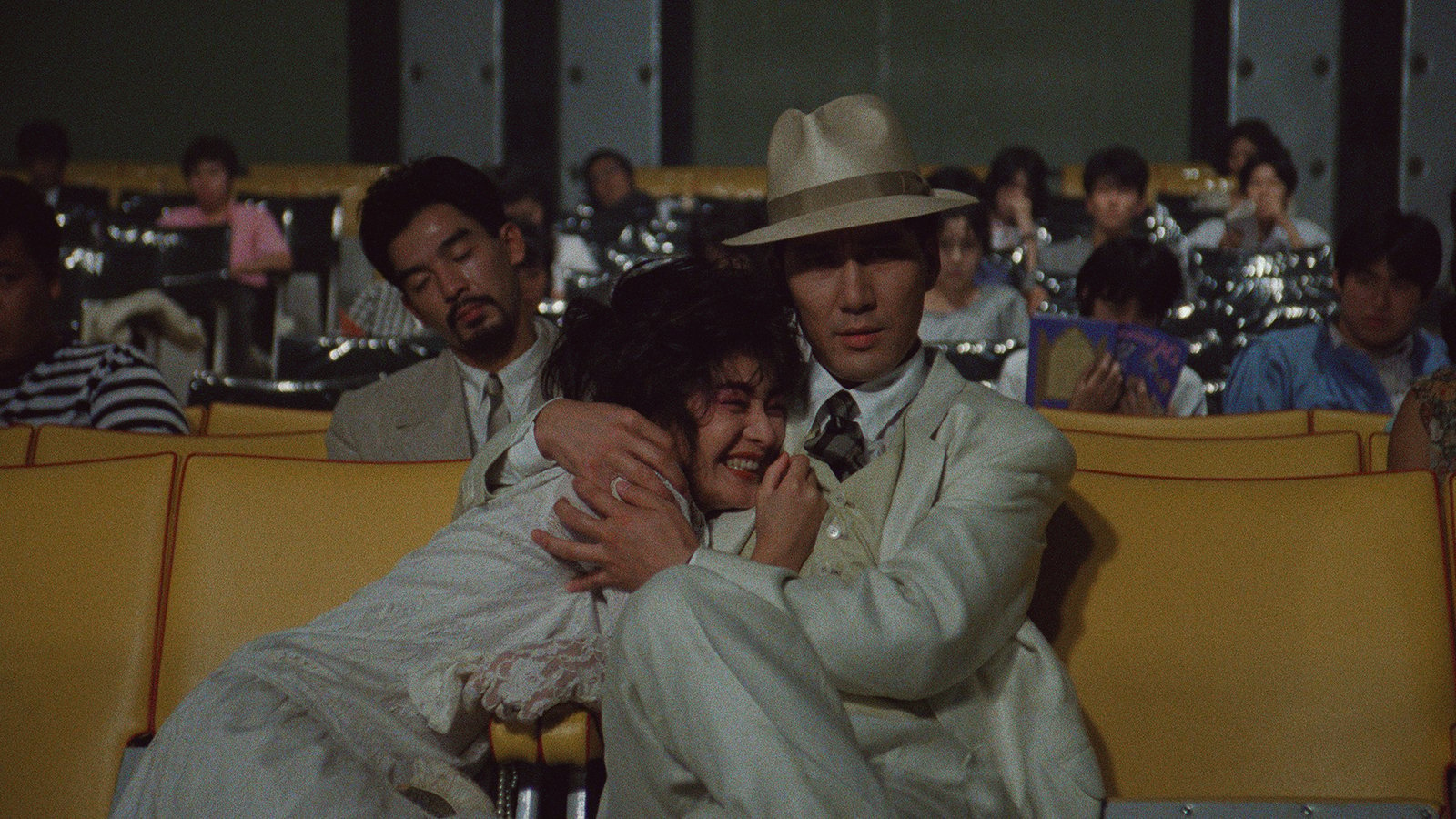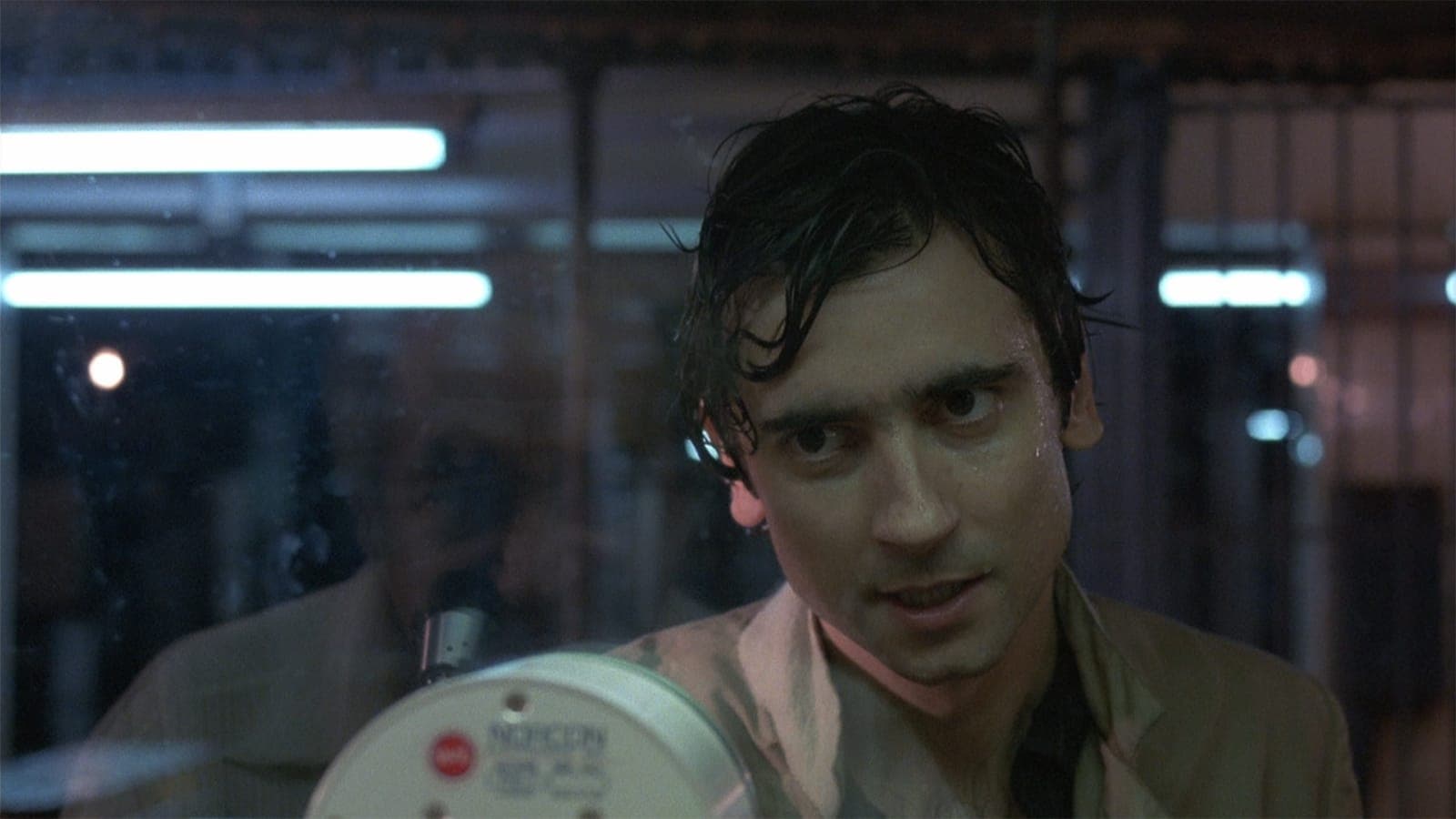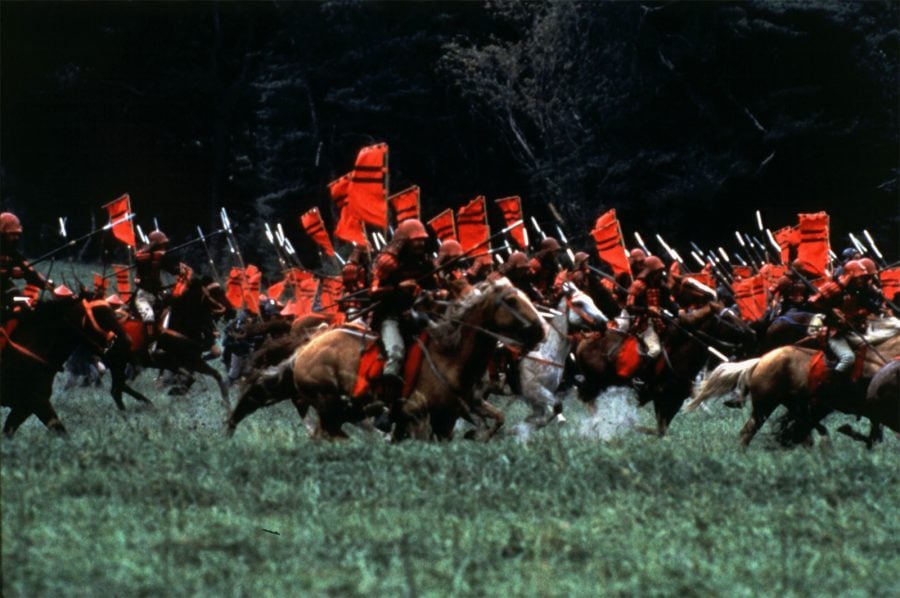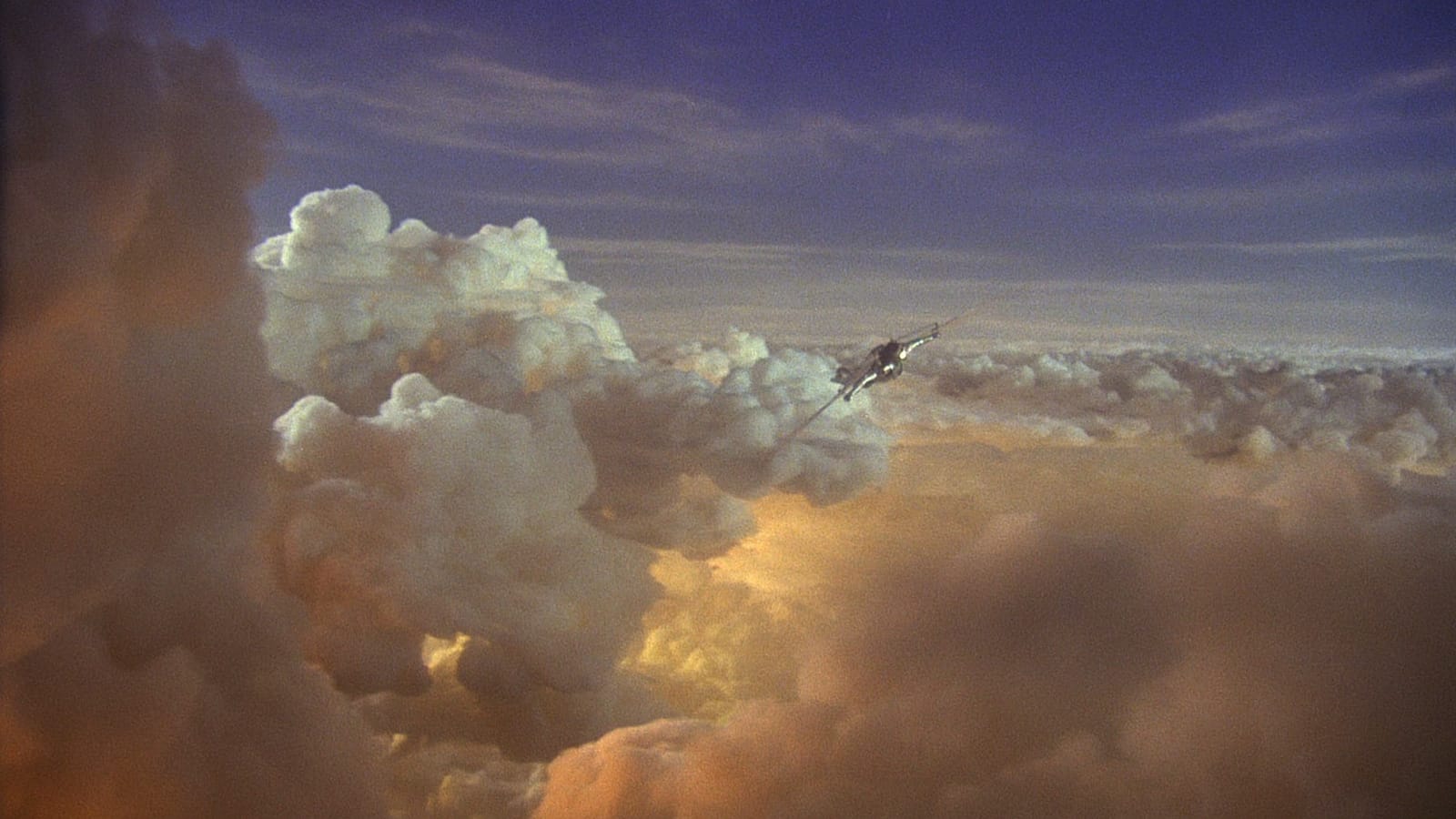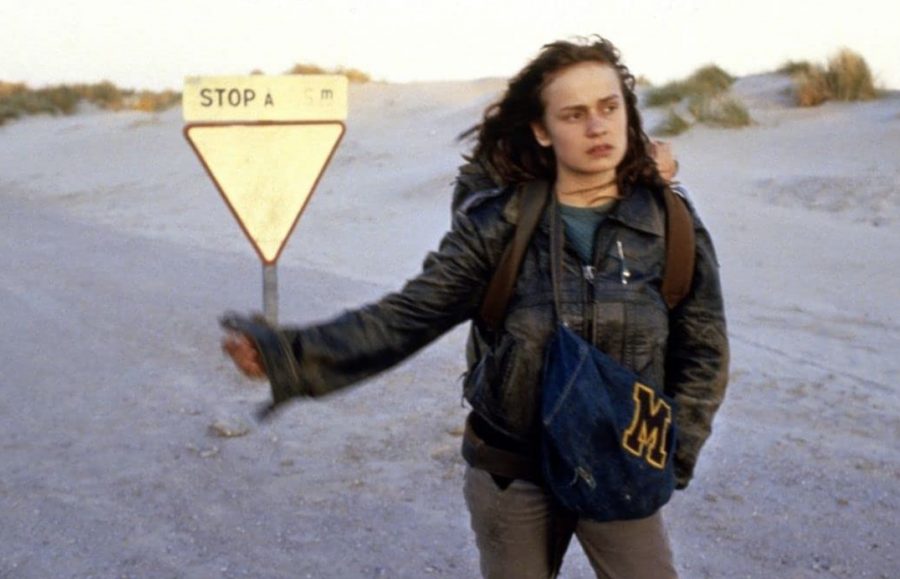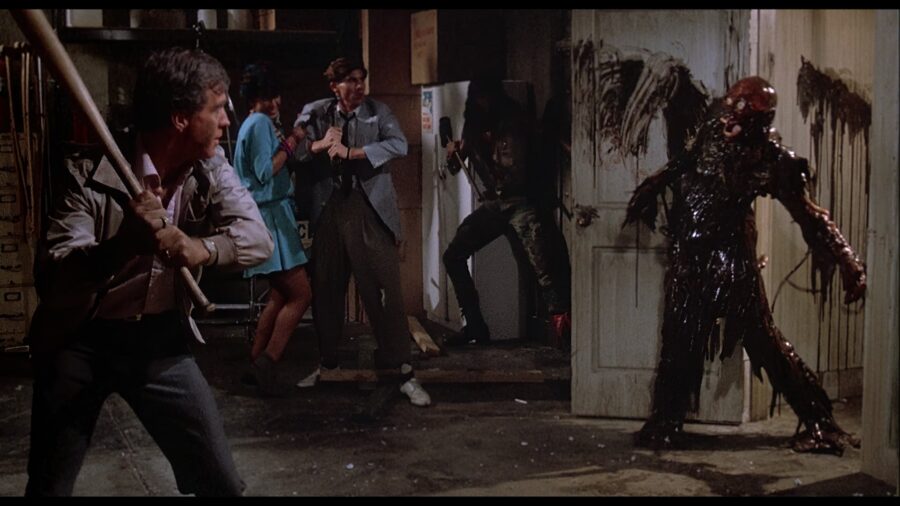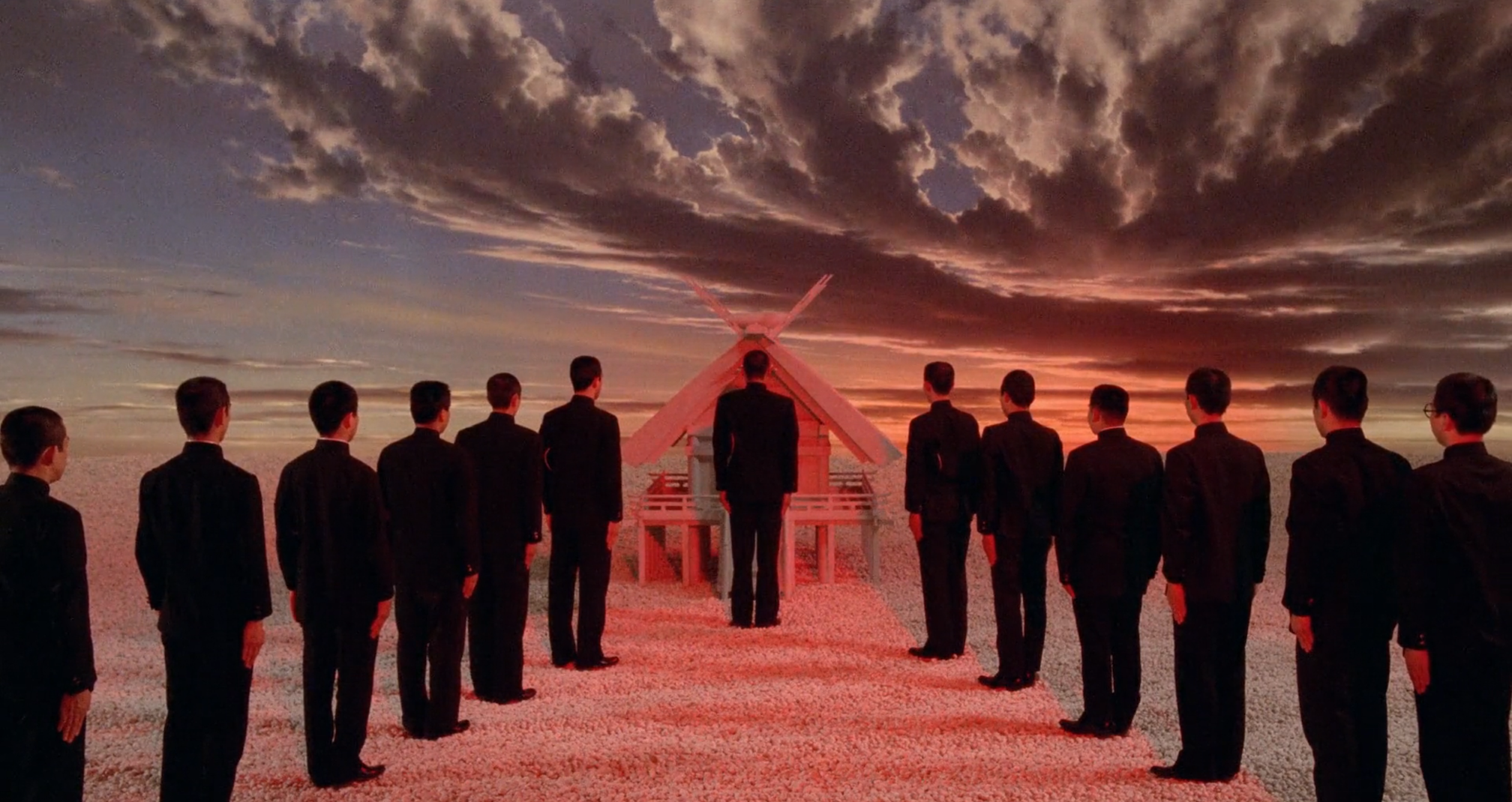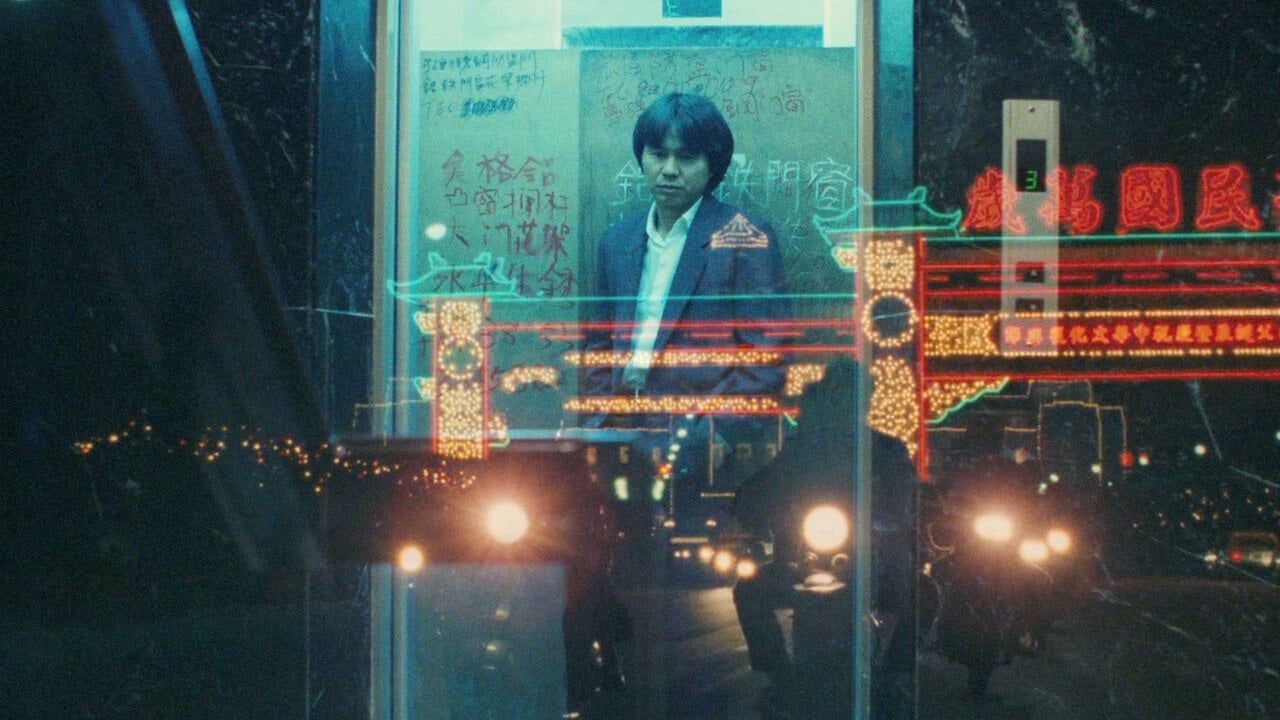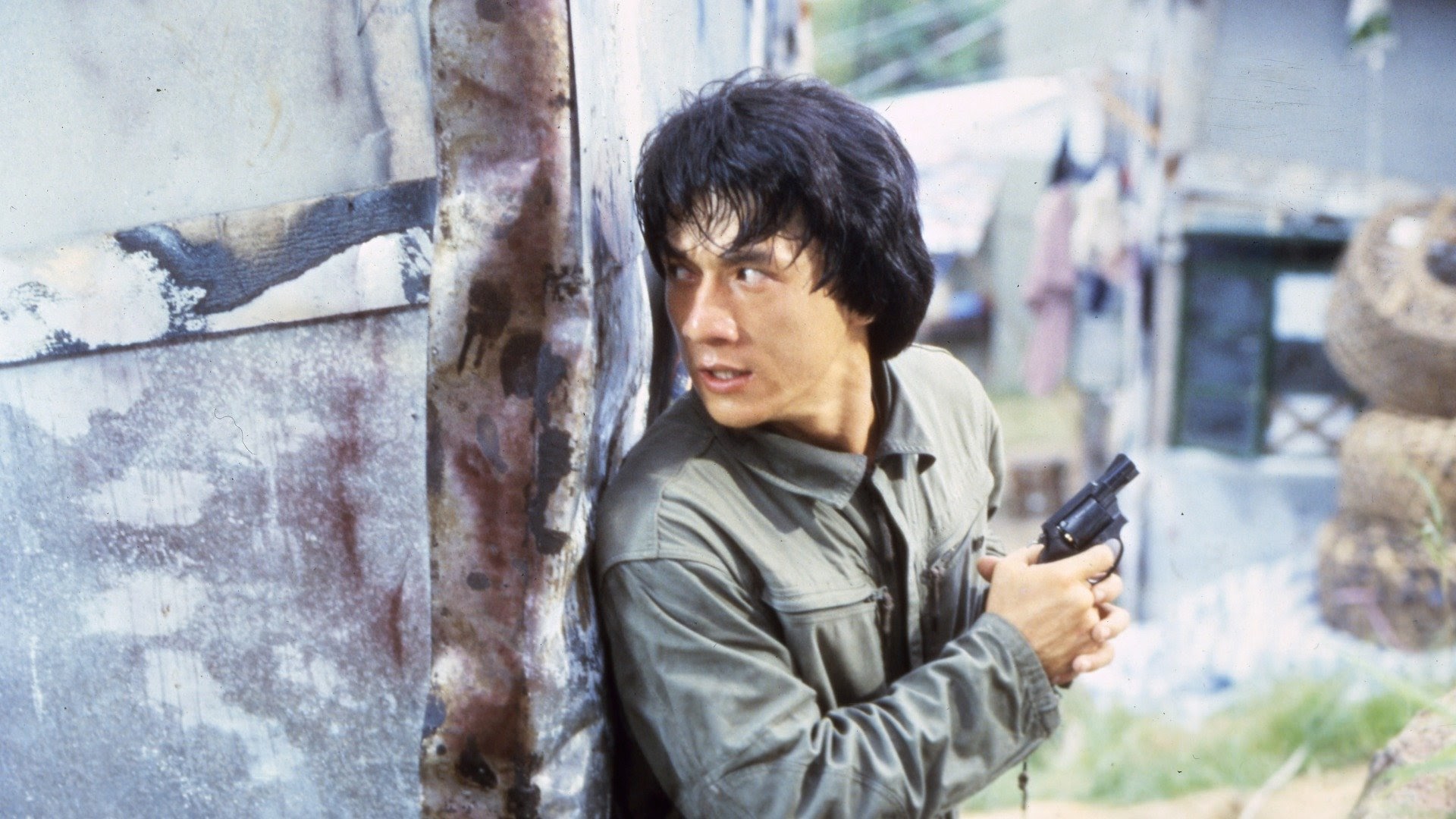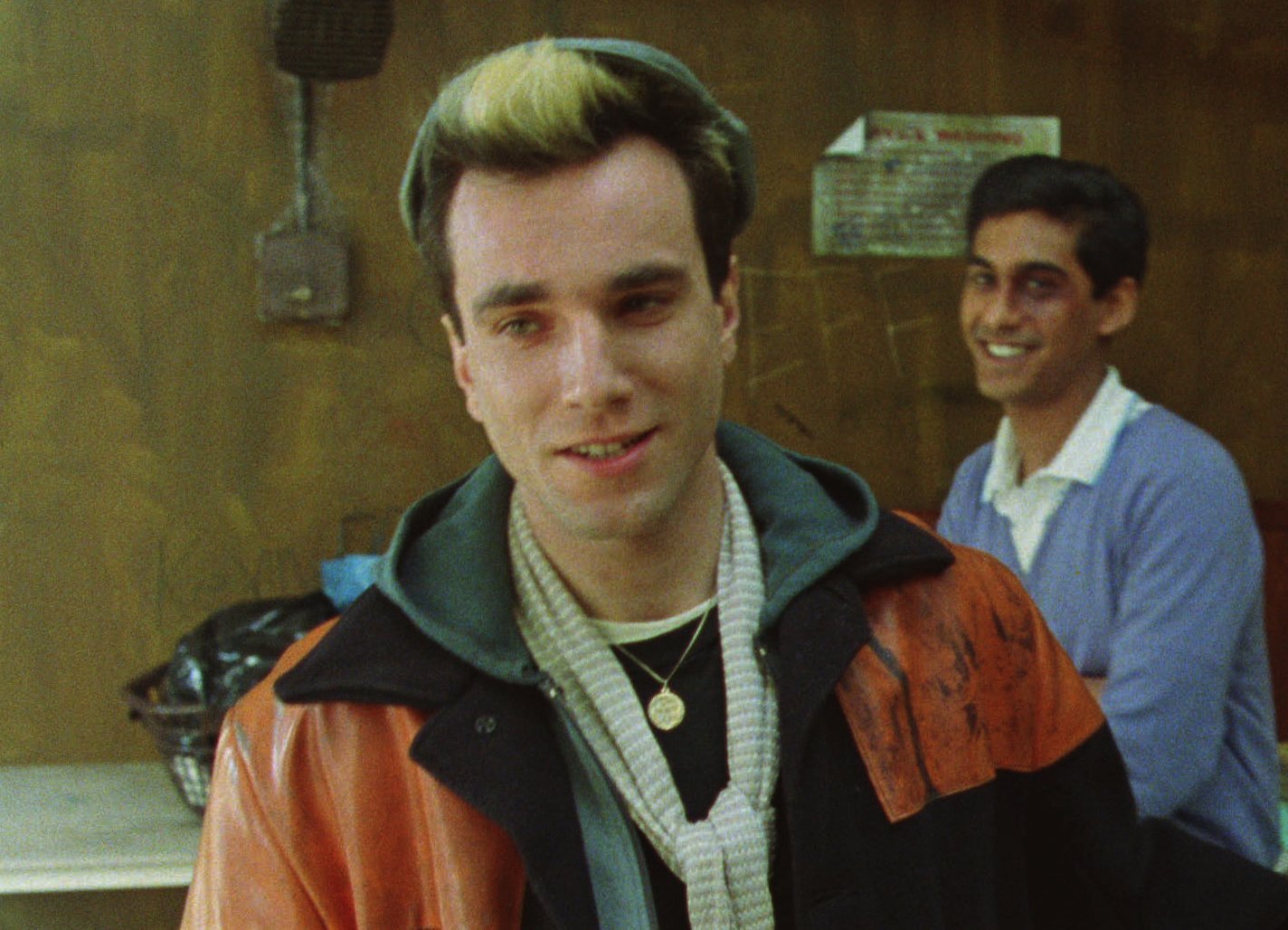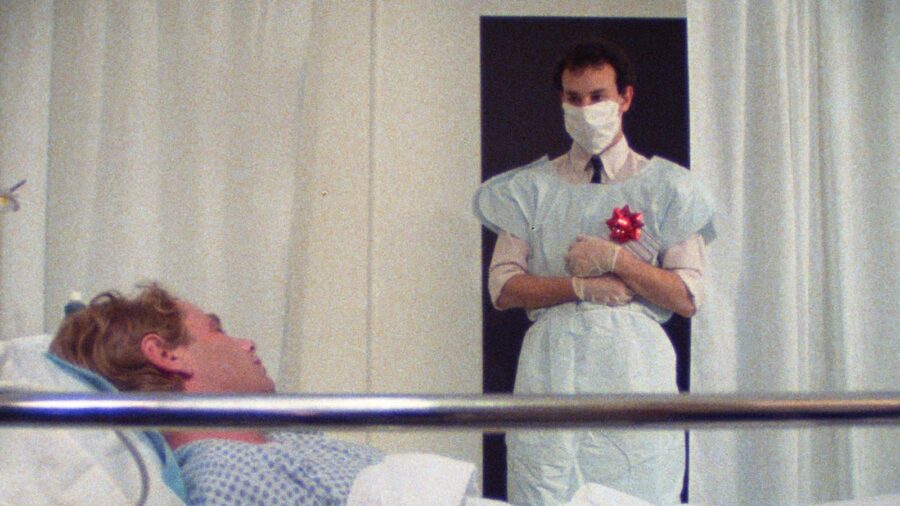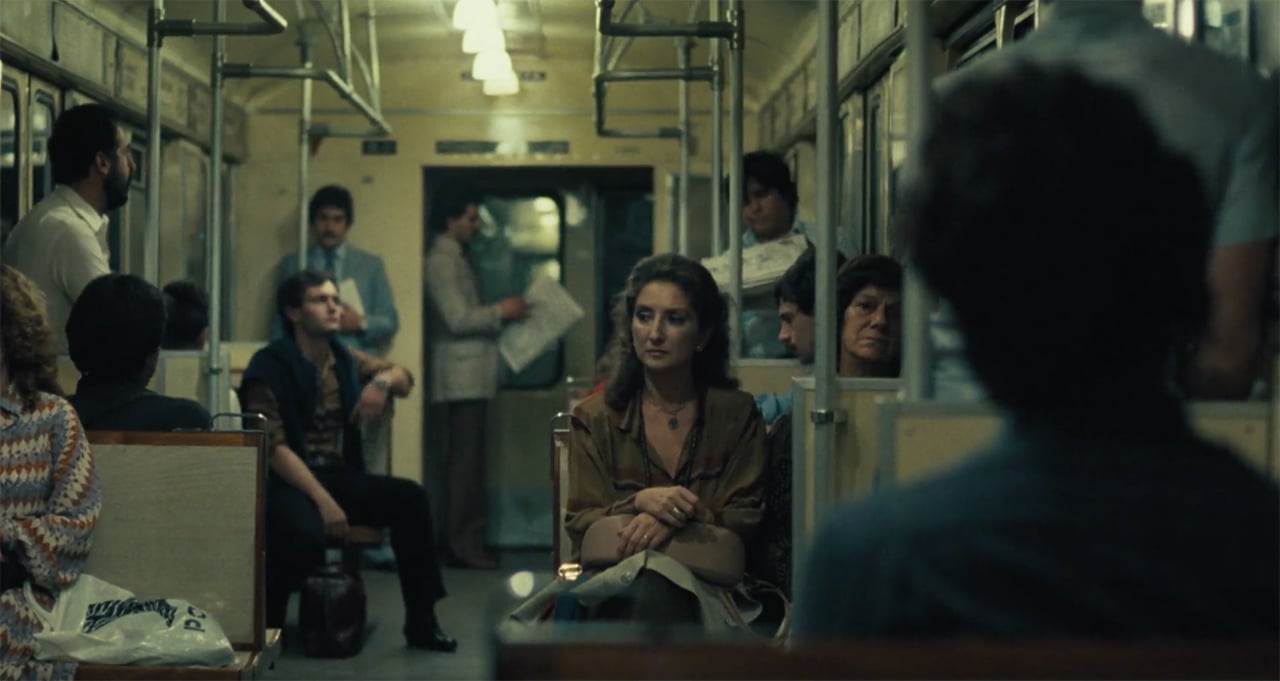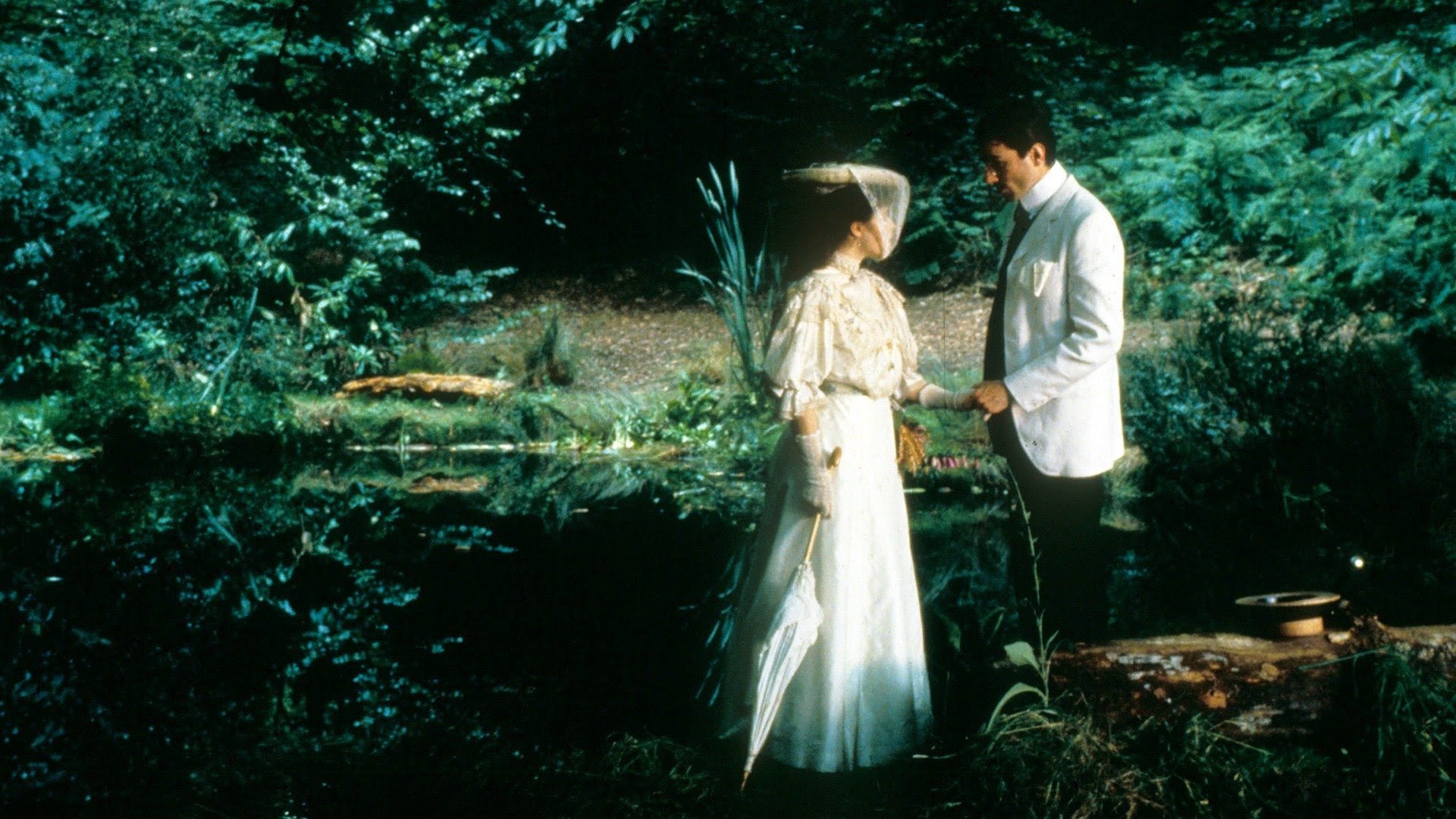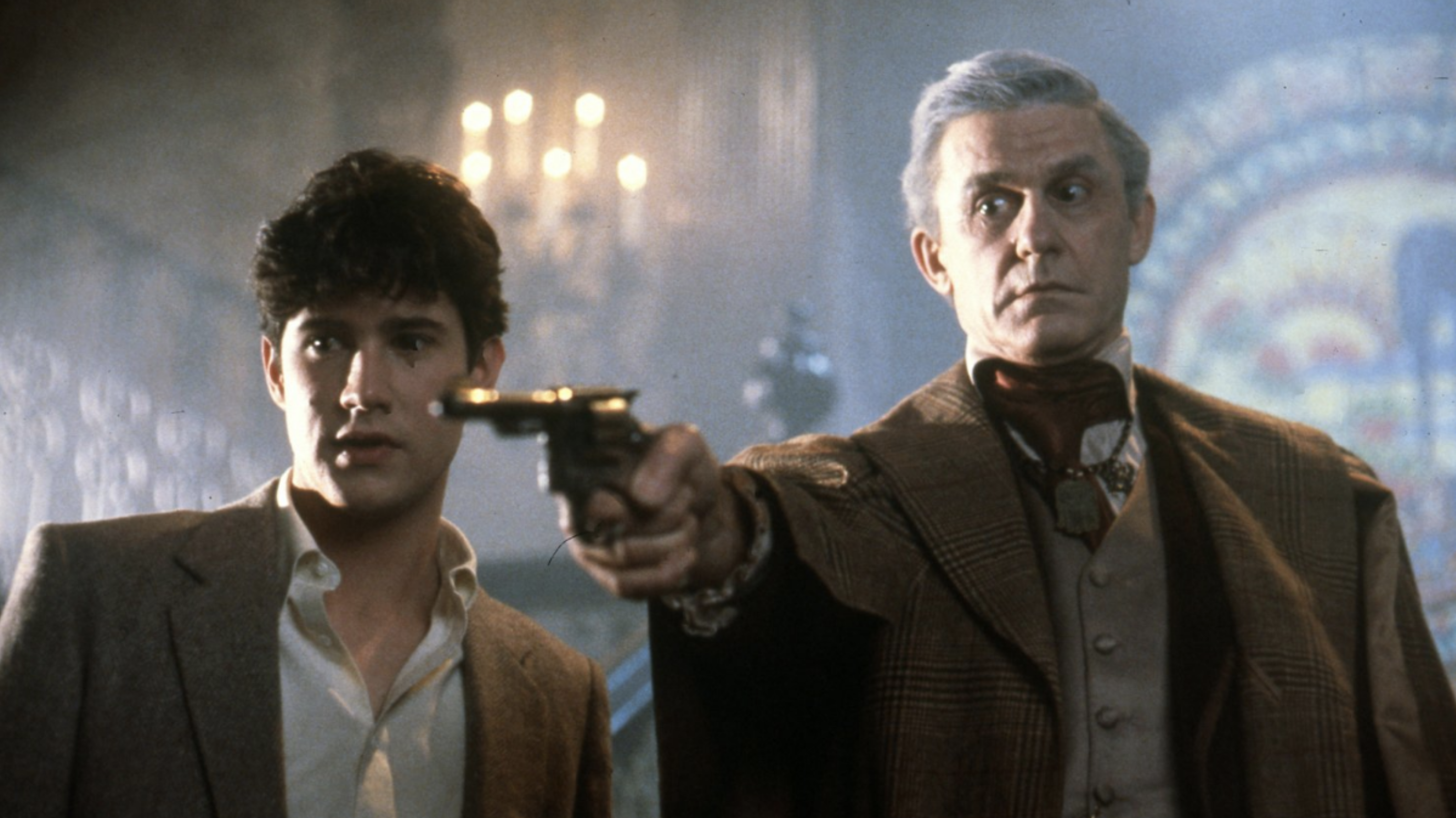After an initially disappointing breakthrough attempt to Hollywood, Jackie Chan pivoted back to Hong Kong, unexpectedly creating an iconic film franchise and maybe perhaps one of the best martial arts movies ever made. Police Story seems to be a simple story at first, but it was through this film that Chan’s spectacular stunts evolved for a more modern setting, incorporating slapstick and action choreography into a definable style, while also questioning the ways Hong Kong police conducted themselves at the time. Police Story is Jackie Chan at his best, pushing an entirely new standard for action films all over the world.
Genre: Action, Crime, Thriller
Actor: Ben Lam, Benny Lai Keung-Kuen, Bill Tung, Brigitte Lin, Chan Chi-Fai, Chan Chuen, Chan Dik-Hak, Charlie Cho, Chen Chi-Hwa, Cheung Wing-Hon, Chi-Wing Lau, Choi Kwok-Keung, Chor Yuen, Chow Kong, Chris Lee Kin-Sang, Clarence Yiu-leung Fok, Danny Chow Yun-Kin, David Lau, Fung Hak-On, Ha Kwok-Wing, Jackie Chan, Johnny Cheung Wa, Kam Hing-Yin, Ken Tong, Kent Tong, King Lee King-Chu, Kwok-Hung Lam, Lam Foo-Wai, Lam Hak-Ming, Lam Kwok-hung, Lau Chi-wing, Lau Dan, Lau Fong-Sai, Lau Nga-Lai, Lau Shung-Fung, Luk Ying-Hong, Maggie Cheung, Maggie Cheung Man-Yuk, Mars, Michael Lai Siu-Tin, Money Lo, Paco Yick Tin-Hung, Paul Chang Chung, Paul Wong Kwan, Robert Siu Leung, Tai Bo, Tsang Choh-Lam, Wan Fat, Wan Ling-Kwong, Winnie Yu Ching, Wu Fung, Yasuaki Kurata, Yuen Chor
Director: Chi-Hwa Chen, Jackie Chan
Rating: PG-13

